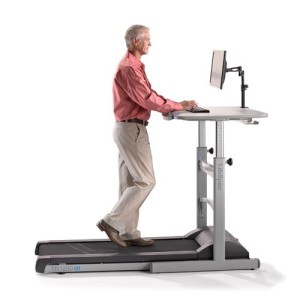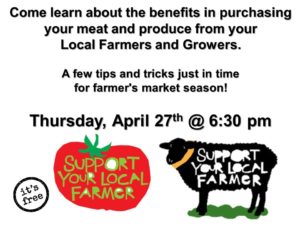God and I are in a power struggle. So far God’s up, three to zip.
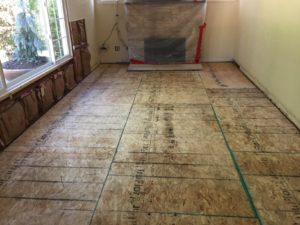
Then came the systematic dismantling of our home and forced exodus to squatting in a hotel for a month.
Like two Hobo’s we carried our clothing in sacks, bad food, and longed for the comfort and safety of a place that was our own.
Soon the day came when we could move back home. The remodeling had not yet begun but the mold tests had come back negative which meant we could move home, even if our house was still torn apart and our furniture, neatly stacked in piles to provide a pathway from kitchen to bathroom, made us feel like hoarders.
It didn’t matter because we were home and we had a kitchen and we had a shower and most of all, we had a bedroom- our last refuge, where, at the end of the day, we could fall into bed, watch tv, rest, and simply be together.
The simple things are magnified when your life is a shit storm.

I was in the back of the house when I heard the crash.
I was sure a transformer had blown because there was no storm outside to warrant the thunder. I went out back to check on my dog Jack and we just looked at each other. I looked around the backyard. All good. That was strange, I thought, as I turned to go back inside.
When I glanced towards the front of the house, the front window was completely dark, blocked by branches, of course. Stunned, I opened the front door to discover my home buried beneath this giant tree. I was also surrounded by curious and concerned neighbors who’d gathered due to the crash. It was a neighbor, in fact, that pointed to the roof; I’d walked outside before discovering the damage to the bedroom.

The bed, our last oasis, was destroyed.
I was in shock. I only managed the necessary tasks with the insurance company, etc. because the situation was so surreal. But by Friday I’d come out of the ether and was in an extremely hateful mood. I was angry and indignant and begging someone to knock the chip off my shoulder just so I’d have the excuse to clock them.
I cussed and swore at stupid drivers on the road. I glared at strangers in the grocery store. I flipped off a bus driver and honked at an old person.
I was rude to a friend of mine on the phone. This was entirely too much to handle and God was an asshole.
Later, I got a text from the friend who I’d been rude to. This is what it said:
” I attended a charity event last night (to support orphaned kids/families in Rwanda, because of the genocide that occurred there several years ago), and heard a story about a Rwandan woman who watched her husband, kids, and entire family murdered. She was raped, had her teeth macheted from her mouth and barely fought back to life and lived. An American dental surgeon came to her village, and when he “restored her smile” with new teeth, she told him she couldn’t wait to go to the village where that savage lived, and smile at him, to show he could take everything that mattered to her, but he couldn’t take her smile.”
This got my attention. Nothing like a well-timed (and meaning) text put your indulgent insolence into perspective.
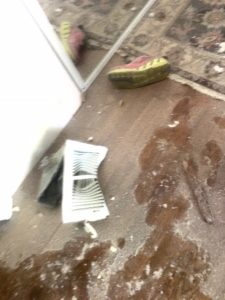
By this time in my life, you’d have thought I’d learned that control is mostly a myth, highly susceptible to abuse and always overrated.
So what do you do when God gives you a swift kick in the pants to remind you? You can tell him to GFH, or you can exhale, let it go, and, yes, even smile.
I’m pretty sure that’s what God was doing when he heard me tell HIM to GFH, anyway.
Like he doesn’t hear that all the time anyway, right?
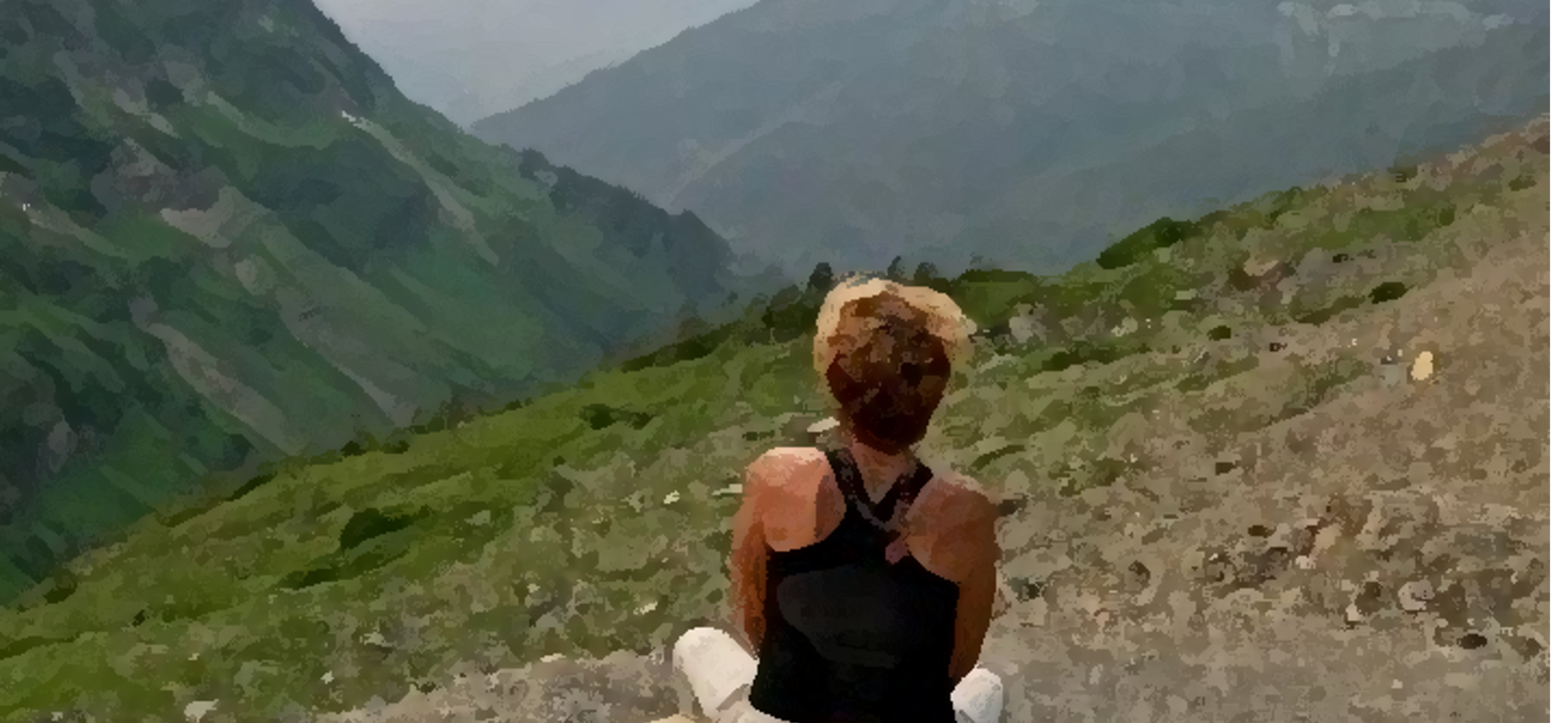


 Cindy Cart, one of my clients, had generously shared tickets to an exhibit at the Nelson Atkins Art Gallery where she works. Another client had just reported that this unusual exhibit was fabulous and a must see, so I was eager to go and Herb, feeling so much better, was easy to coax. So after our morning ritual of coffee together in bed, we jumped in the shower, and, all smiles and unicorns, set out for our Sunday morning adventure.
Cindy Cart, one of my clients, had generously shared tickets to an exhibit at the Nelson Atkins Art Gallery where she works. Another client had just reported that this unusual exhibit was fabulous and a must see, so I was eager to go and Herb, feeling so much better, was easy to coax. So after our morning ritual of coffee together in bed, we jumped in the shower, and, all smiles and unicorns, set out for our Sunday morning adventure.
 When I looked up the meaning of the word Motet, it read, “a motet is a mainly vocal musical composition, of highly varied form and style, a piece of music in several parts with words, from the late medieval era to the present.”
When I looked up the meaning of the word Motet, it read, “a motet is a mainly vocal musical composition, of highly varied form and style, a piece of music in several parts with words, from the late medieval era to the present.”


 But even at eight years of age, I knew this might require more from me than I had to give. That scared me and made me resent my parents. Why couldn’t they just buy me the horse; that’s what NORMAL parents did.
But even at eight years of age, I knew this might require more from me than I had to give. That scared me and made me resent my parents. Why couldn’t they just buy me the horse; that’s what NORMAL parents did.

 The issue isn’t the very real desire we have to improve ourselves…I would hate to consider a world where we didn’t. The issue is more about where that thought originates.
The issue isn’t the very real desire we have to improve ourselves…I would hate to consider a world where we didn’t. The issue is more about where that thought originates. Being a terrier by nature, I have an innate disdain for slowing down and introspection. (Squirrel!)
Being a terrier by nature, I have an innate disdain for slowing down and introspection. (Squirrel!) When I realize that it’s not about THE goal, or the DISCIPLINE, or even THE timing of the outcome, but being true to my core beliefs, life’s complexities fade to the background and I can see more clearly. I can see that it’s a process not a place; that it takes practice and mindfulness and connection to other people around me.
When I realize that it’s not about THE goal, or the DISCIPLINE, or even THE timing of the outcome, but being true to my core beliefs, life’s complexities fade to the background and I can see more clearly. I can see that it’s a process not a place; that it takes practice and mindfulness and connection to other people around me.










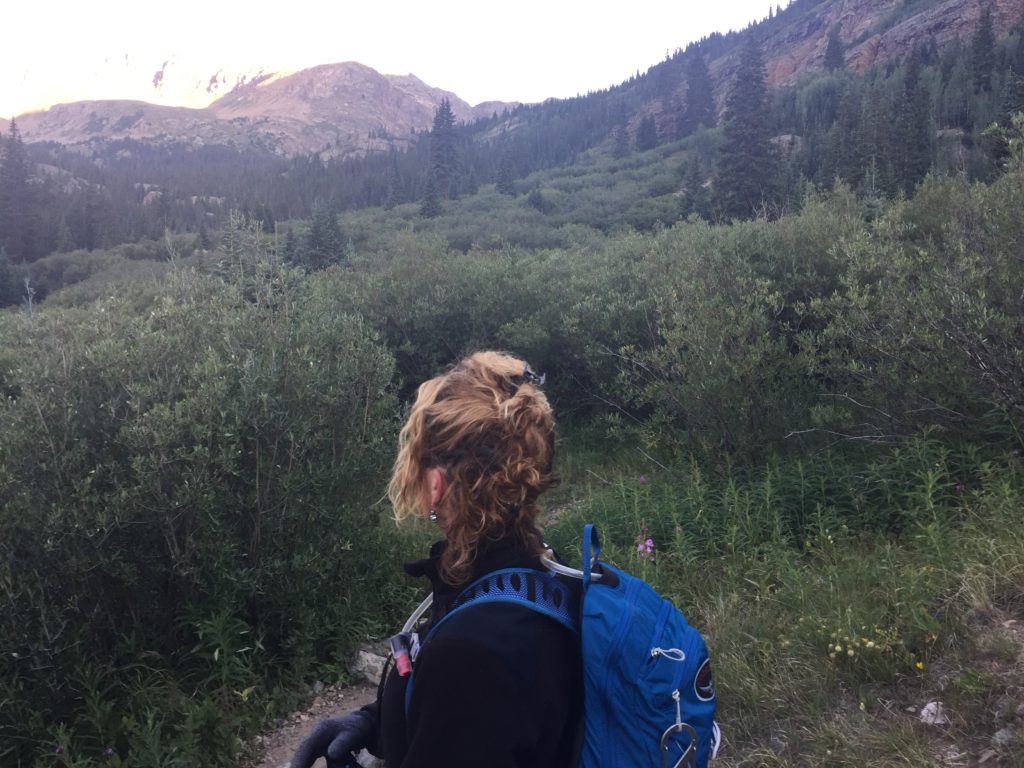
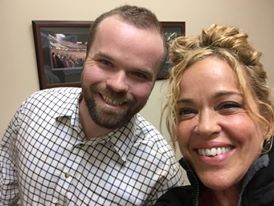

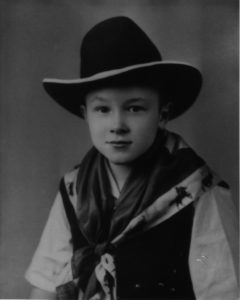 That’s because I got lucky; the Universe paired me with Ehret Oscar Ramey to be my counselor, teacher, mentor, protector, and friend. Ehret Ramey was my adopted Father.
That’s because I got lucky; the Universe paired me with Ehret Oscar Ramey to be my counselor, teacher, mentor, protector, and friend. Ehret Ramey was my adopted Father.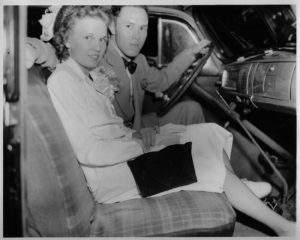 I liked to run away when I was a kid to assert my Autonomy and Independence. One time I “ran away” to a Young Life Skating Party. When my Dad picked me up and discovered his 12-year-old was drunk, he took me to the hospital where he worked, cleaned me up in the Doctors lounge, and bought me a toothbrush. He said I’d better brush my teeth, stay away from alcohol and not to inform my Mother of my escapades. There were a few things we agreed not to tell Mom.
I liked to run away when I was a kid to assert my Autonomy and Independence. One time I “ran away” to a Young Life Skating Party. When my Dad picked me up and discovered his 12-year-old was drunk, he took me to the hospital where he worked, cleaned me up in the Doctors lounge, and bought me a toothbrush. He said I’d better brush my teeth, stay away from alcohol and not to inform my Mother of my escapades. There were a few things we agreed not to tell Mom.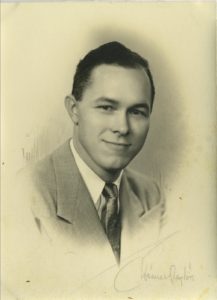 My Dad was handsome. My Dad was accomplished. My Dad was a man of service and his word. My Dad was a teacher, a physician, a friend, and caretaker to all. He loved to sing and dance and tell horrible jokes,
My Dad was handsome. My Dad was accomplished. My Dad was a man of service and his word. My Dad was a teacher, a physician, a friend, and caretaker to all. He loved to sing and dance and tell horrible jokes,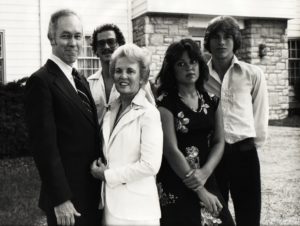 As I said, my Dad was a gentle soul and as a parent always treated us kids with respect even when we were clearly over the line. I can only remember two instances when my Dad lost it and both times it was because my older brother or I said something disrespectful to our Mother.
As I said, my Dad was a gentle soul and as a parent always treated us kids with respect even when we were clearly over the line. I can only remember two instances when my Dad lost it and both times it was because my older brother or I said something disrespectful to our Mother.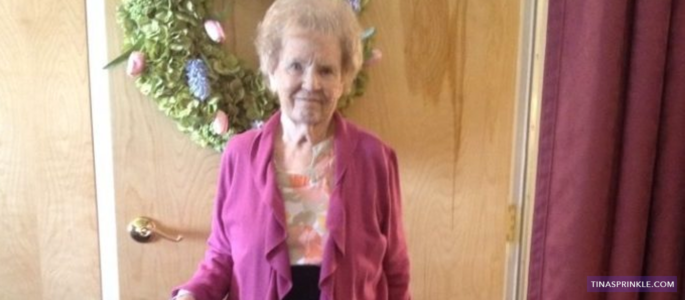
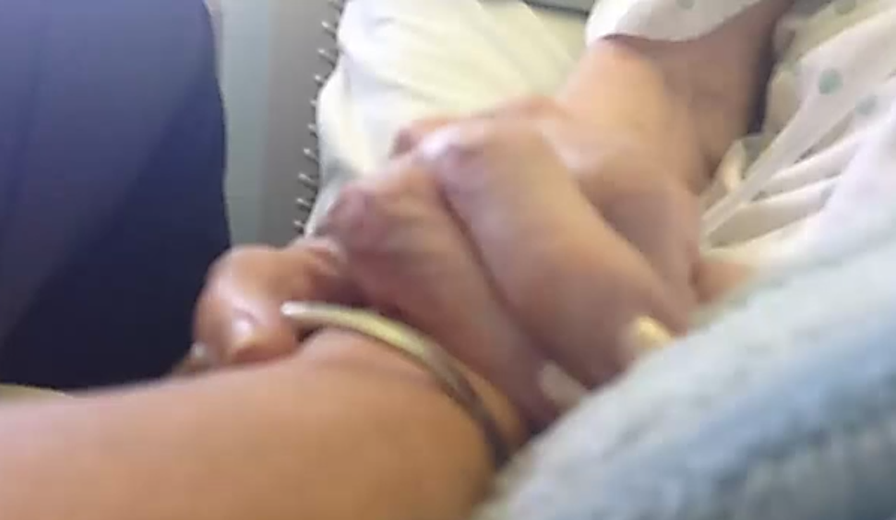
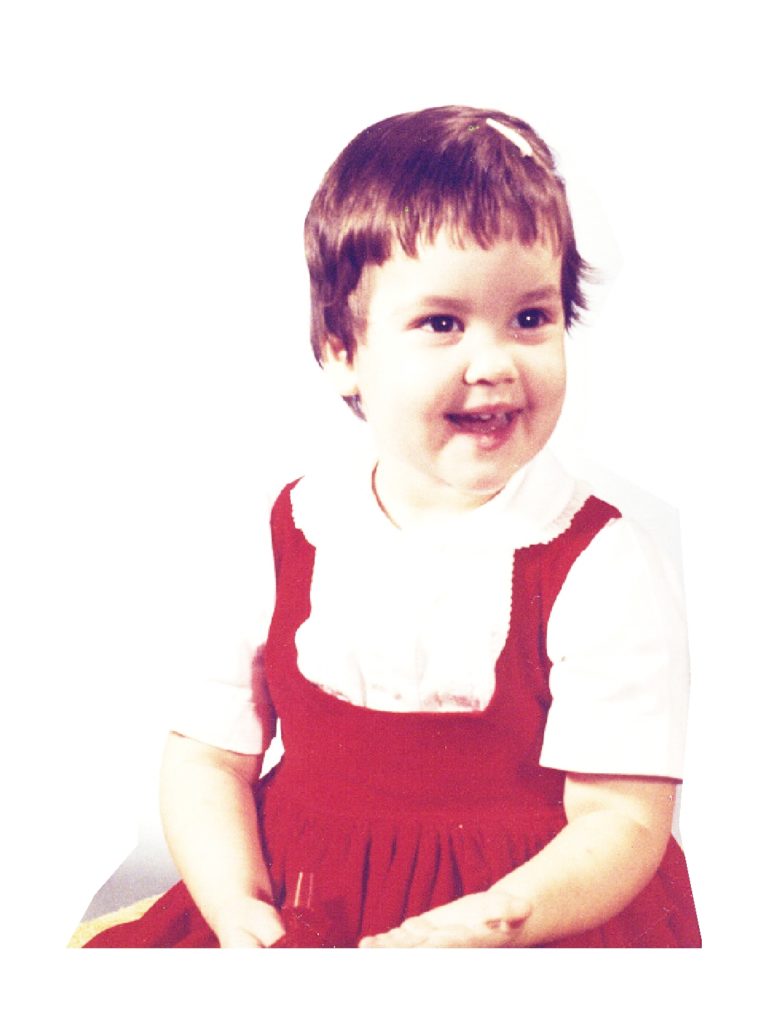
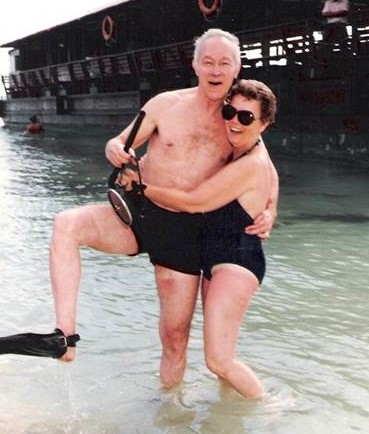
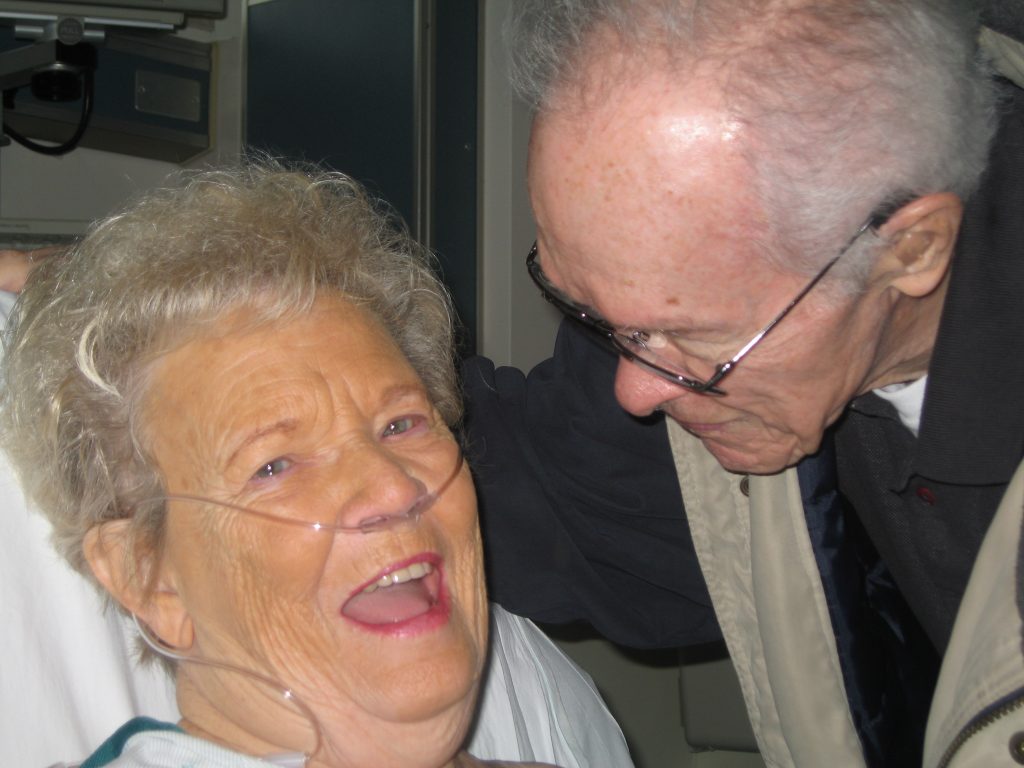
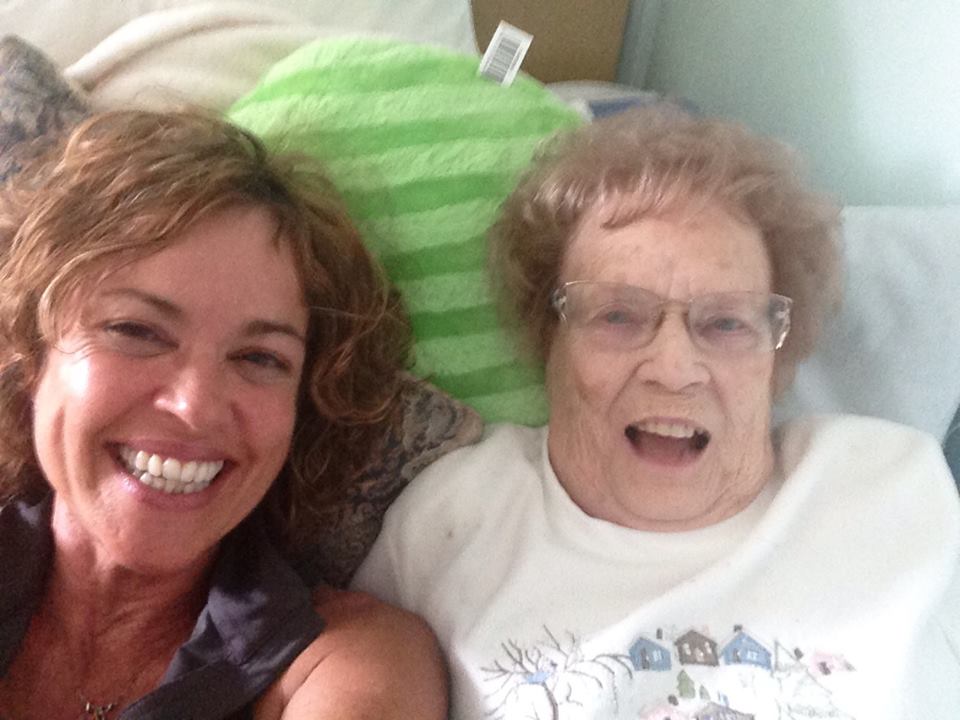
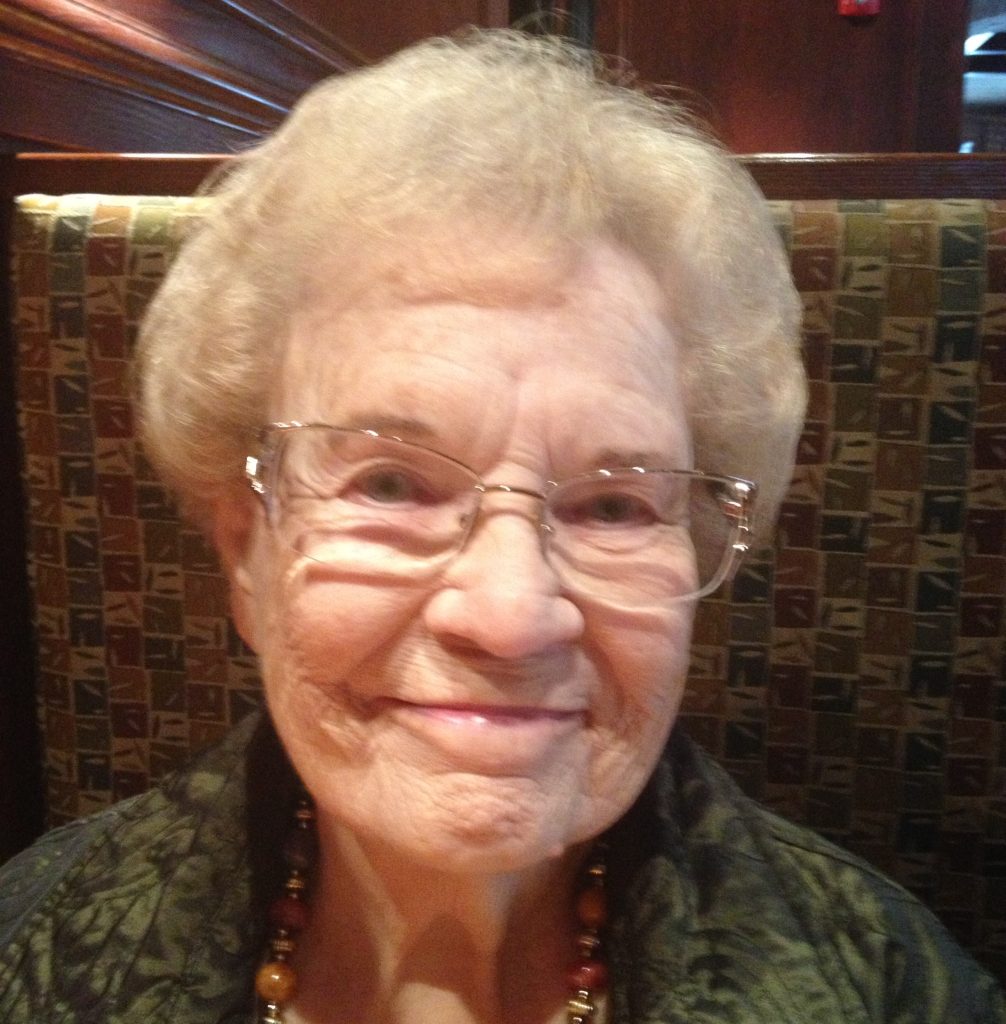
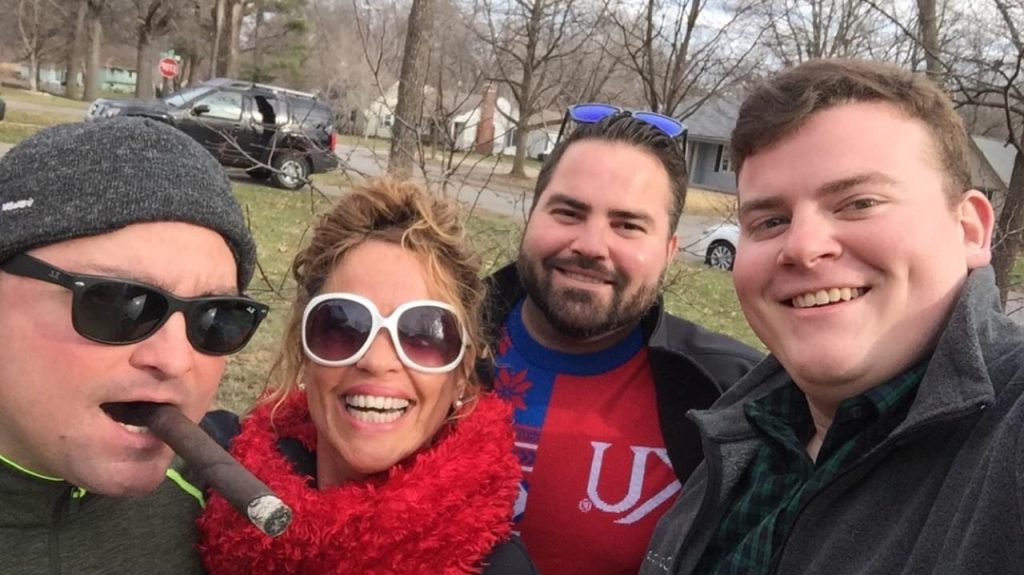

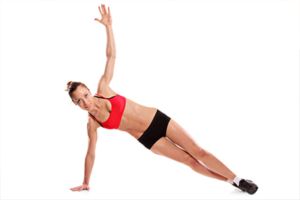 In our last T School Intensive discussion about the importance of keeping track of your food, exercise and sleep, one of our participants asked how best to record our exercise calories burned in the
In our last T School Intensive discussion about the importance of keeping track of your food, exercise and sleep, one of our participants asked how best to record our exercise calories burned in the 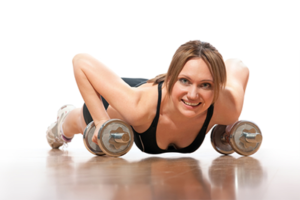
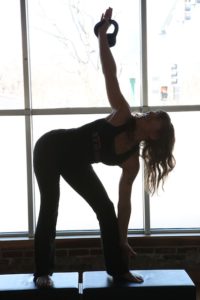 HIGH-INTENSITY INTERVAL TRAINING (HIIT) IS THE MOST EFFECTIVE WAY TO STIMULATE THE EPOC EFFECT.
HIGH-INTENSITY INTERVAL TRAINING (HIIT) IS THE MOST EFFECTIVE WAY TO STIMULATE THE EPOC EFFECT.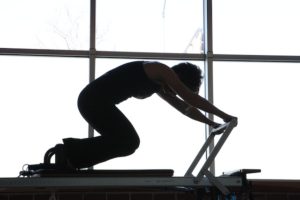 SO HOW TO KEEP THIS SIMPLE IN MY FITNESS PAL?
SO HOW TO KEEP THIS SIMPLE IN MY FITNESS PAL?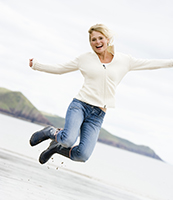 THE BOTTOM LINE
THE BOTTOM LINE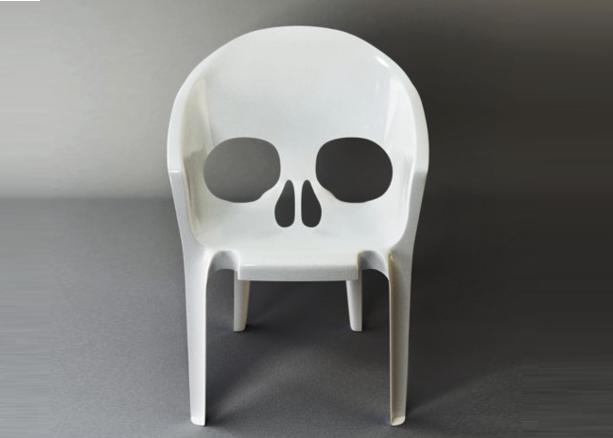
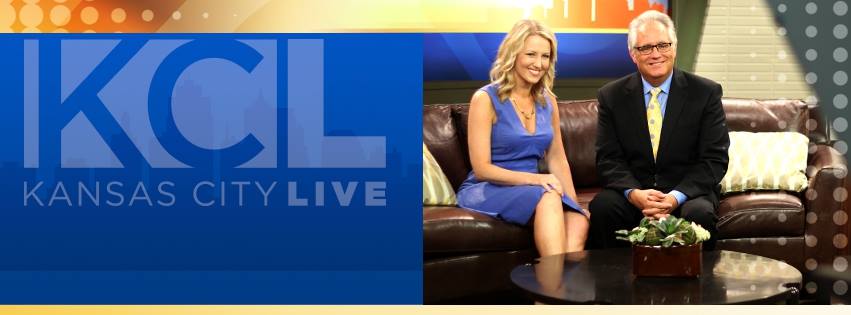
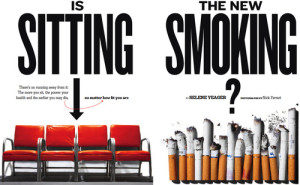 Is Sitting the New Smoking?
Is Sitting the New Smoking?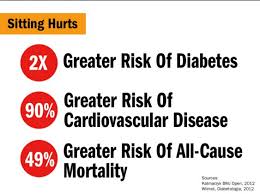 Health Risks of Sitting too much
Health Risks of Sitting too much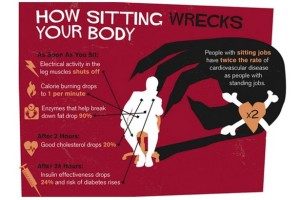 Increases your risk for cancer.
Increases your risk for cancer.